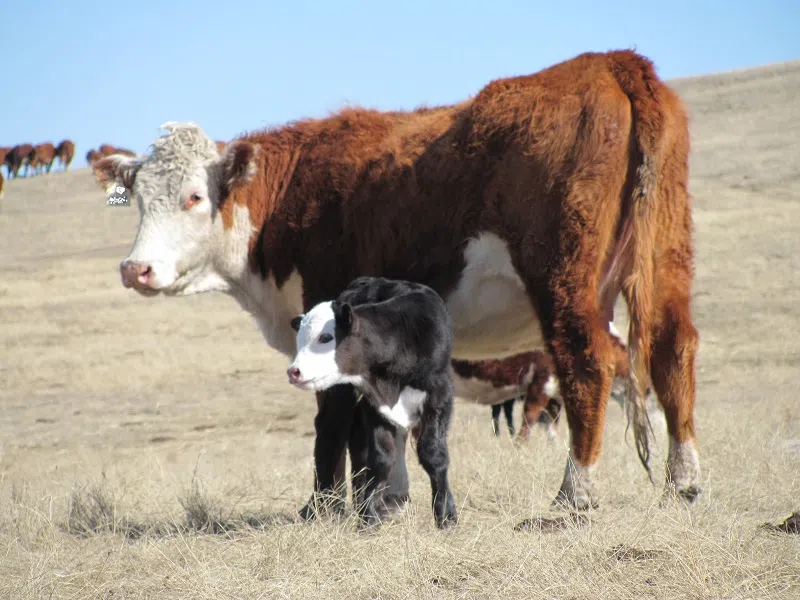
Canadian Beef Industry Reducing Environmental “Hoofprint”
LETHBRIDGE: A new study shows Canada’s cattle industry is producing more beef with less greenhouse gas emissions.
Researchers found a 15 percent reduction in methane emissions by the industry, on a production basis, between 1981 and 2011.
There was also a 16 per cent cut in nitrous dioxide emissions from manure, and a 13 per cent decrease in carbon dioxide per unit of beef production, over the 30-year period.
The study, which was conducted by researchers at the University of Manitoba, the Agriculture and Agri-Food Canada research centre in Lethbridge and Environment Canada, showed 29 per cent fewer cattle in the breeding herds and and 24 per cent less land being used for cattle operations.


